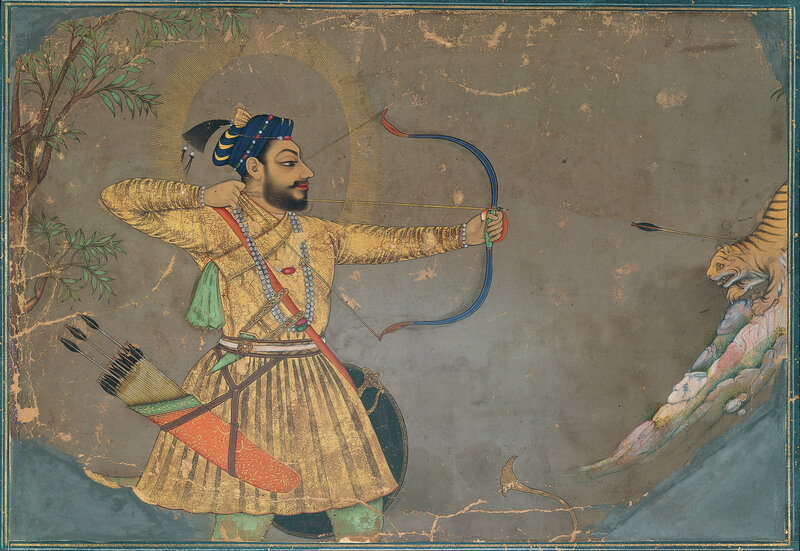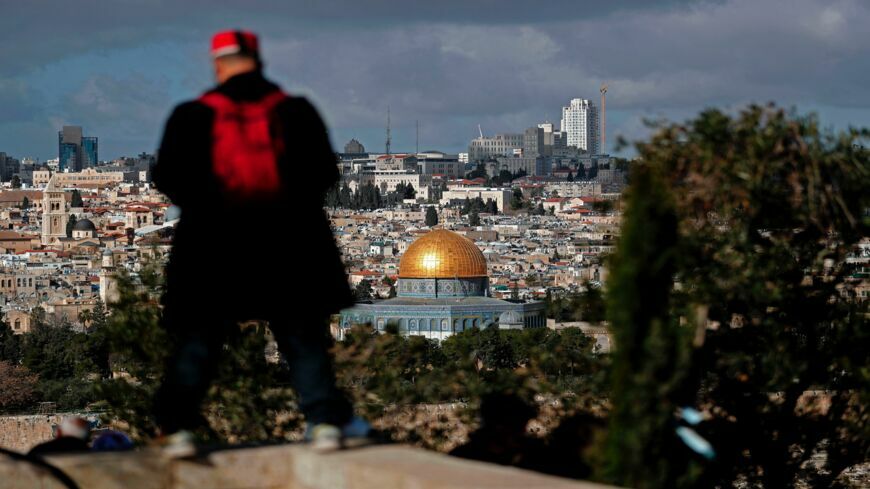
Miniature painting thrived in the 15th and 16th century courts of India’s Islamic kingdoms but as the empire lost its power, so did the practice and benefaction of miniature art. In the 1980s, artist Bashir Ahmad revived the genre by establishing a department of miniature painting at the famous National College of Arts in Pakistan.
Often at the center of leading collections of Islamic art, these pieces can be as small as 3 inches by 3 inches, and weave stories of “heroism, lovers and political intrigue into gilded works of art.”
Navina Haidar curates one such miniature collection at the Metropolitan Museum of Art, and comments that the paintings are “dependent on tremendous technical finesse. As an artist, you are trained by your father, your forefathers, in a workshop setting to create a world that’s miniaturized in its scale but absolutely universal sometimes in its content or in its ambition.”
NPR takes a look at the history of this art form and how it continues to inspire modern artists —



